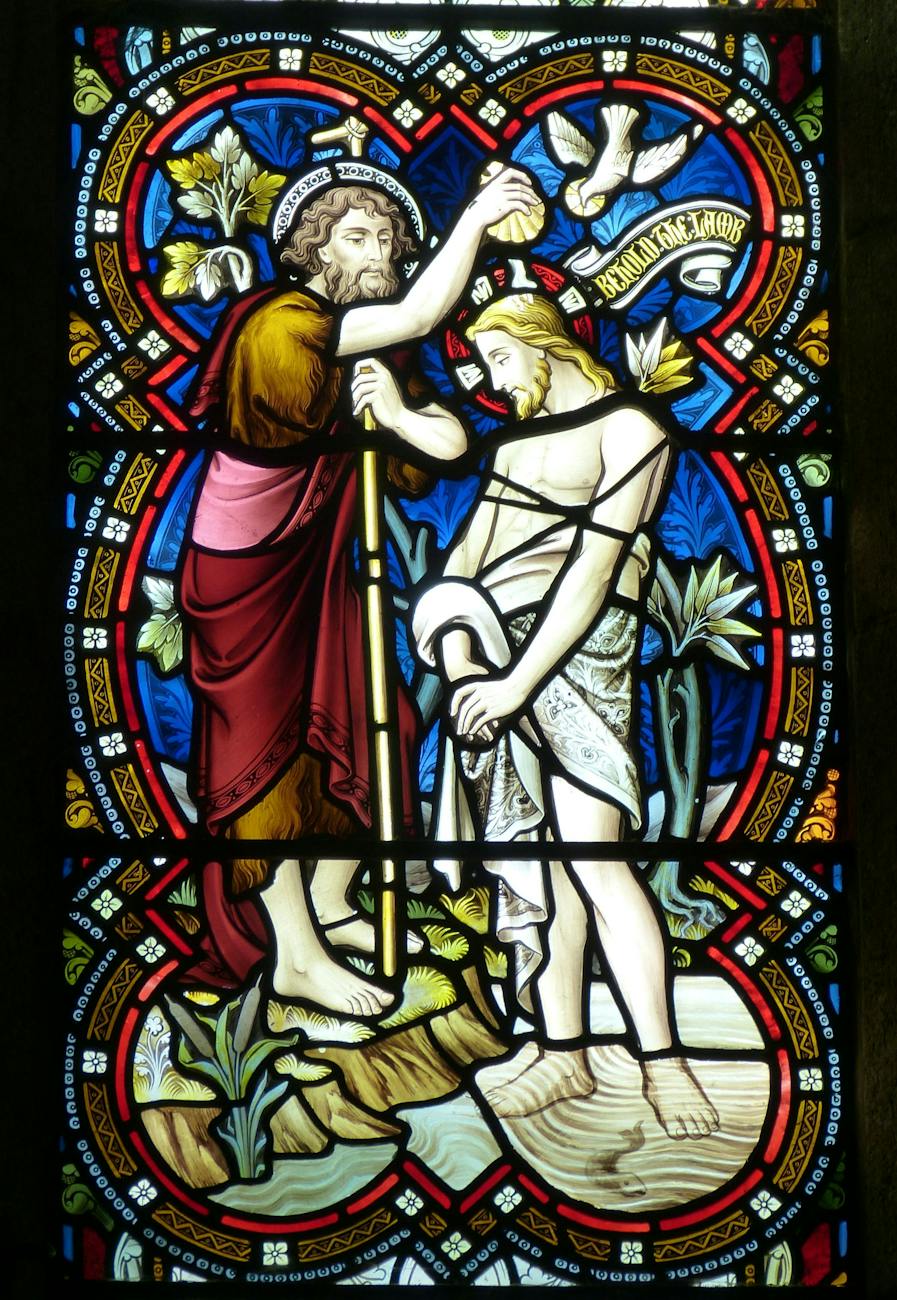I never thought I'd say this but: I think most worthwhile public domain content is now in e-Sword format!
BibleSupport.com claims to have 5,218 resources for e-Sword 10.x. There are at least 5,000 resources for e-Sword, that are legally distributable, but are not available from BibleSupport.com. Round that off to 10,000 resources.
QuickVerse 2013 Platinum Plus claims 574 Volumes. Depending upon your POV, I'm either being very mean, or very generous, in assuming that
QuickVerse 2012 has the same number of STEP resources.
Findex counted resources in its packages, the same that Libronix counts resources in its packages.
Logos 5 Portofolio Edition contains 2,585 resources. ( https://www.logos.com/comparison . That page defaults to
Logos Gold Edition, Click on the link for
Portfolio Edition, to see the details.)
The Maryland State Department of Education requires schools have a
library collection of at least 12,000 items. A middle school collection
is expected to have 15,000 items, whilst a high school collection is
expected to have at least 18,000 items.
(http://articles.herald-mail.com/2008-04-14/news/25088737_1_library-collection-collection-size-school-year
).
Resources for
e-Sword, and
Logos are counted differently. If resources were counted the same, then
Logos Gold Edition (1,100 resources) is the more appropriate comparison. The school library counts individual volumes, which is what
e-Sword does, rather than sets of volumes, which is what
Logos does.
Using
Logos 5 Platinum Edition as one's starting point, it is fairly easy for one's Logos Library to be the size of a Maryland High School Library. (I am deliberately excluding the damage to one's wallet, in the definition of "easy". If one wishes to have 18,000 volumes, with minimal impact on one's wallet, download the books from
The Internet Archive Archive.org, and
Project Gutenberg Gutenberg.org
.)
Fo
r e-Sword 10.x, getting to the minimum Maryland School library size (12,000 volumes), is doable, if STEP resources are actively sought out. Getting to Maryland High School library size (18,000 volumes) requires one to be creating resources.
In terms of "worthwhile public domain resources", the most obvious lack, for e-Sword, is in Greek and Latin material. More specifically, the complete corpus of the church councils, Papal bulls, Papal briefs, and encyclicals.
The second major omission is apocrypha and pseudepigrapha material. More specifically:
- The texts that made it into the Bible, and then were removed: For example, 3 Corinthians;
- The texts that almost made it into the Bible: For example, Shepherd of Hermas, Acts of Paul;
- The texts that did not make it into the Bible: For example, 4 Baruch, 5 Maccabees;
The third major omission is liturgical material.
Whilst:
- Book of Common Prayer (USA) (1976);
- The Scottish Communion service of 1764;
are available, what is lacking are:
- Texts that explain the liturgy, such as James Davis' Manual of the Book of Common Prayer;
- Protestant liturgies, such as A Book of Common Order;
- Catholic Liturgies, such as Tridentine Missae;
Then there are huge swathes of Christianity, material for which, in e-Sword format, is almost completely lacking:
- Orthodox Christianity;
- Oriental Christianity;
- Celtic Christianity;
If it were not for
Gravel Hill Church of Christ (http://www.gravelhillchurchofchrist.com/), resources for/about Restoration Movement Christianity would also be almost completely lacking.
Consequently, I disagree that
most worthwhile public domain content is now in e-Sword format.








